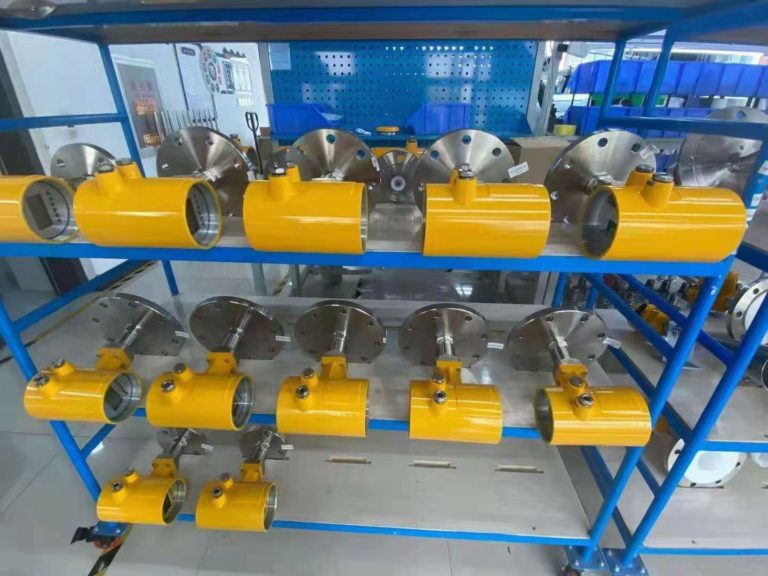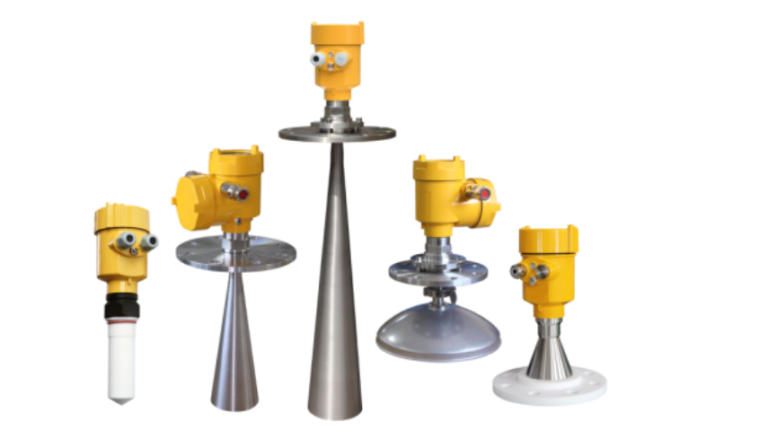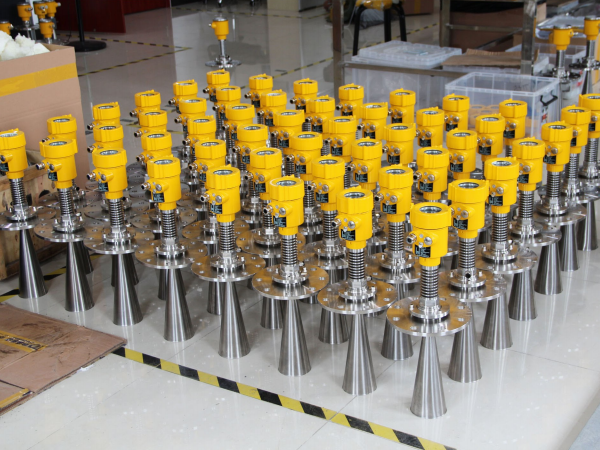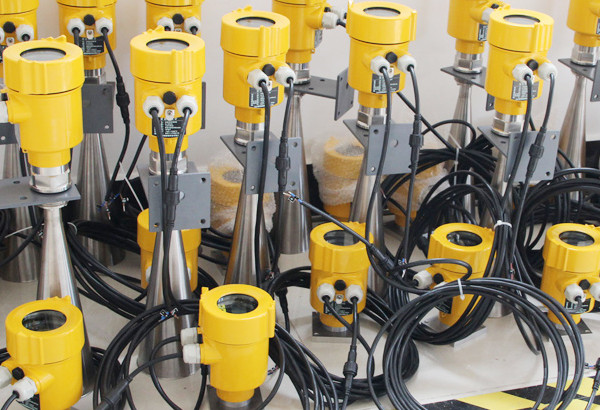In industrial production, the accurate measurement of liquid levels is critical to maintaining stable processes and ensuring safe operations. For highly corrosive and volatile chemicals like nitric acid, liquid level measurement becomes particularly challenging. This article explores the difficulties associated with using radar level transmitters in nitric acid measurement and presents solutions to address these challenges effectively.

Characteristics of Nitric Acid and Challenges in Level Measurement
Nitric acid, a strong acid with highly corrosive and volatile properties, poses significant challenges for traditional level measurement methods. These challenges include:
Corrosiveness:
The strong corrosive nature of nitric acid demands materials with exceptional resistance. Contact-based level measurement devices may degrade over time, leading to equipment failure or inaccurate readings.Volatility:
Nitric acid tends to vaporize easily, creating a layer of vapor in storage tanks. This vapor can interfere with the transmission and reflection of radar waves, reducing measurement accuracy.Complex Tank Environments:
Storage tanks often contain foam, suspended particles, or other volatile substances that disrupt radar wave propagation. Additionally, tank shapes and structures—such as spherical or irregularly shaped tanks—can lead to multi-path reflections, complicating signal analysis.Impact of Temperature and Pressure:
Temperature and pressure fluctuations within storage tanks can affect radar wave speed, further reducing accuracy. This is especially problematic in high-temperature or high-pressure environments, where these effects are amplified.

The Advantages of Radar Level Transmitters
Radar level transmitters use microwave technology to measure liquid levels by emitting signals and analyzing their reflections. They are known for their:
- Non-contact measurement: Suitable for harsh environments, avoiding direct exposure to corrosive substances.
- High precision and speed: Providing reliable data even under challenging conditions.
- Versatility: Applicable in high-temperature, high-pressure, or highly corrosive environments.
Despite these advantages, the unique properties of nitric acid require specific adjustments and solutions to optimize performance.
Solutions to Measurement Challenges
1. Selecting the Appropriate Radar Level Transmitter
Different industrial conditions necessitate tailored solutions:
- For tanks with foam or suspended particles: Use radar transmitters with advanced signal processing and anti-interference capabilities to ensure accurate readings.
- For high-temperature or high-pressure environments: Choose models designed for extreme conditions, featuring temperature and pressure compensation capabilities.
2. Optimizing Installation Locations
Proper installation minimizes signal interference and maximizes accuracy:
- Avoid placing transmitters near feed or discharge ports, agitators, or turbulent zones where material movement can disrupt radar signals.
- Consider the tank’s structure when selecting the installation method. For example, top-mounted installations are ideal for spherical tanks, while side-mounted options may be suitable for cylindrical tanks.
3. Implementing Regular Maintenance and Calibration
Corrosion and contamination can degrade the performance of radar level transmitters over time. Regular maintenance is essential:
- Periodically clean the device to remove buildup caused by nitric acid vapors.
- Inspect critical components and replace them when necessary.
- Calibrate the device at regular intervals to ensure accuracy.
4. Incorporating Auxiliary Technologies
Complementary technologies can further enhance accuracy and reliability:
- Temperature Compensation: Adjusts readings to account for temperature-induced variations in radar wave speed.
- Pressure Compensation: Accounts for pressure fluctuations in tanks, ensuring consistent results.
- Multi-signal Analysis: Uses algorithms to filter out noise caused by foam or vapor, improving signal clarity.

Case Study: Optimizing Radar Level Measurement in Nitric Acid Storage
In a recent application at a chemical production facility, challenges arose from measuring nitric acid levels in a spherical tank with significant vapor buildup. The company implemented a high-frequency radar level transmitter with advanced signal processing and installed it at a carefully selected location away from feed ports. Additionally, temperature and pressure compensation features were activated. These adjustments reduced measurement errors by 30%, demonstrating the effectiveness of tailored solutions.
Future Trends and Considerations
As industries increasingly handle complex chemicals, radar level transmitters must evolve to meet growing demands. Future advancements could include:
- Integration with IoT systems for real-time monitoring and predictive maintenance.
- Enhanced material coatings to resist corrosion more effectively.
- Development of AI-driven signal processing to handle even more complex tank environments.

Conclusion
Radar level transmitters are highly effective tools for liquid level measurement, offering non-contact, high-precision capabilities in challenging environments. However, for applications involving nitric acid, special considerations are necessary to overcome unique challenges. By selecting the appropriate equipment, optimizing installation, performing regular maintenance, and utilizing auxiliary technologies, industries can significantly improve measurement accuracy and reliability. These best practices not only ensure safe operations but also enhance process efficiency.
